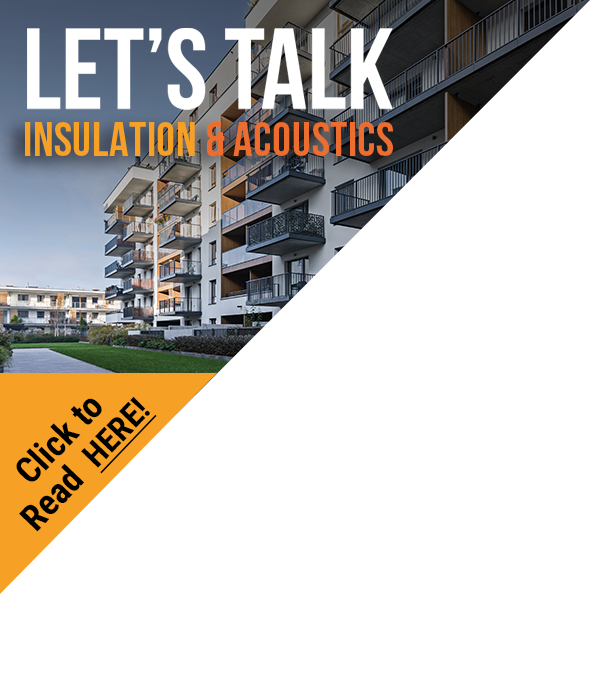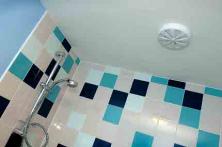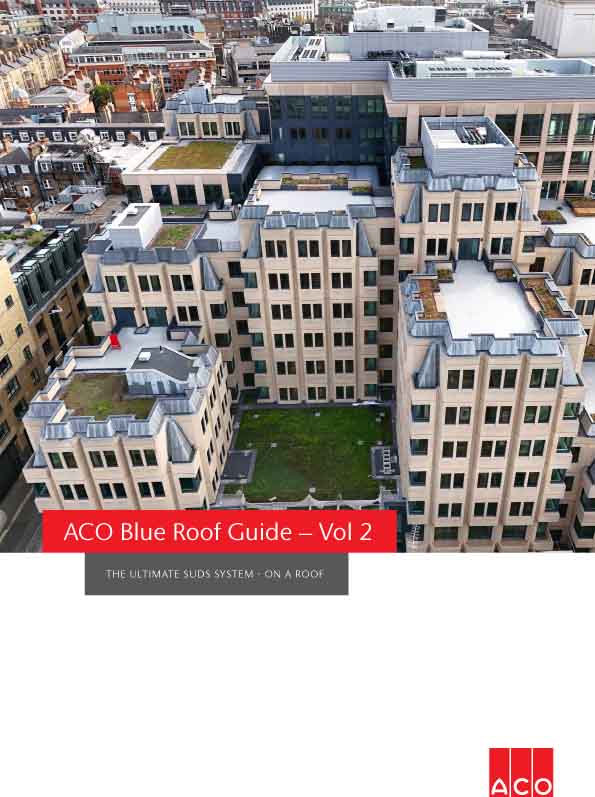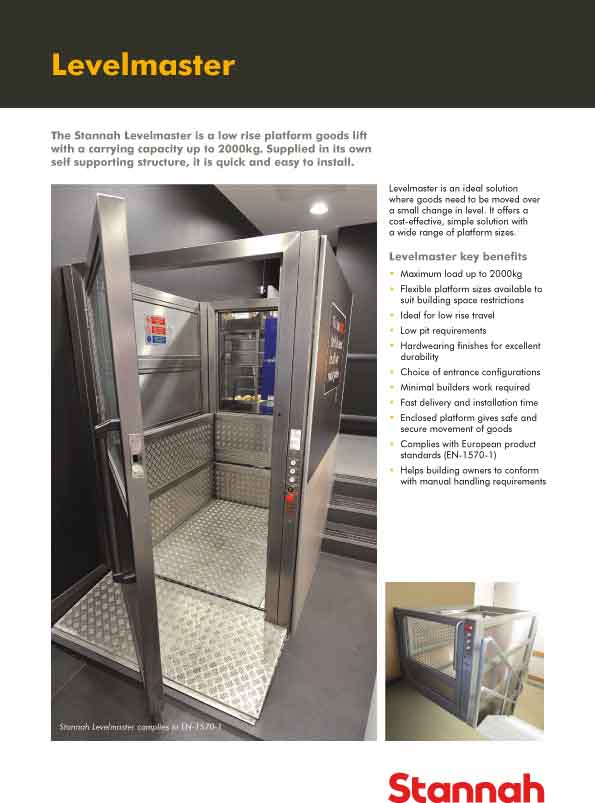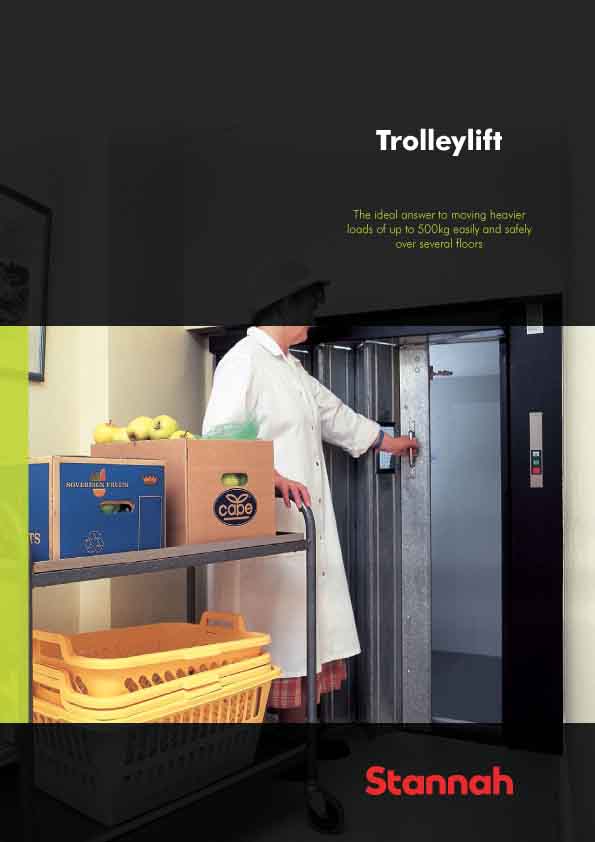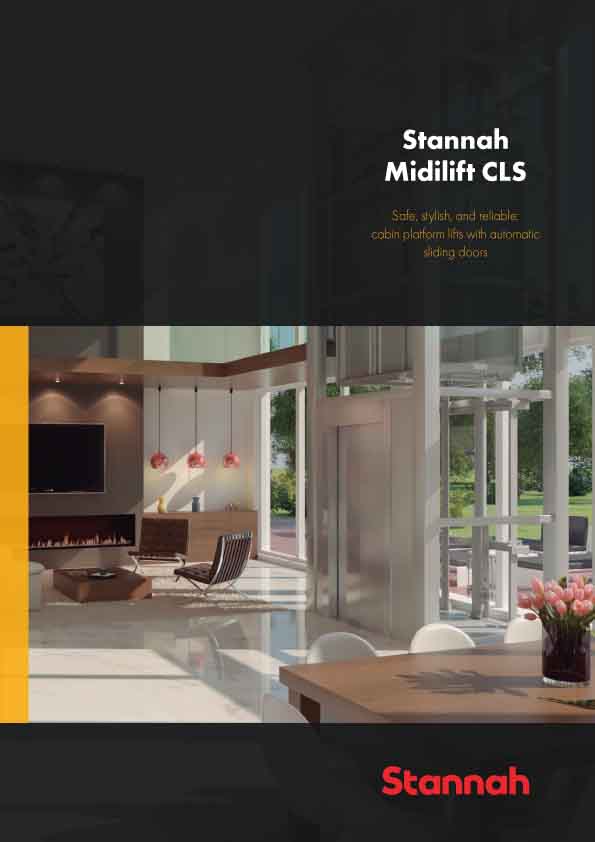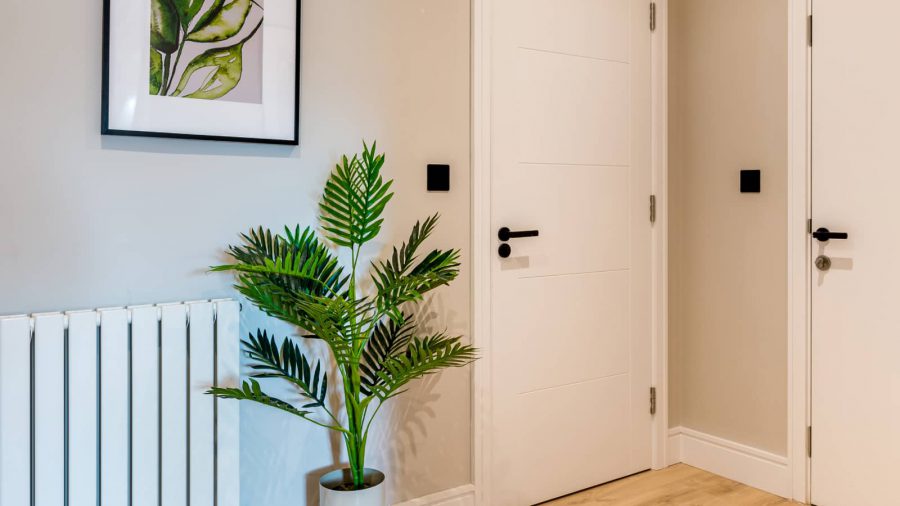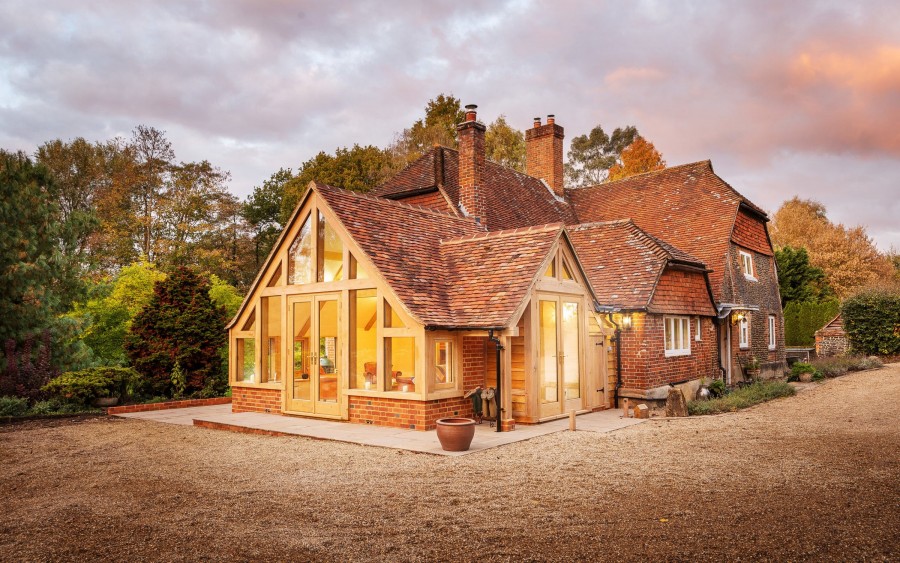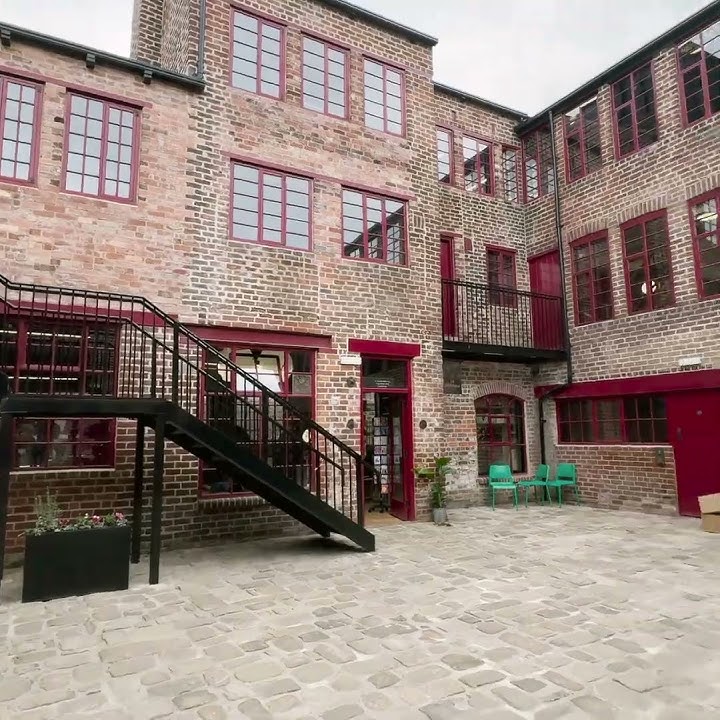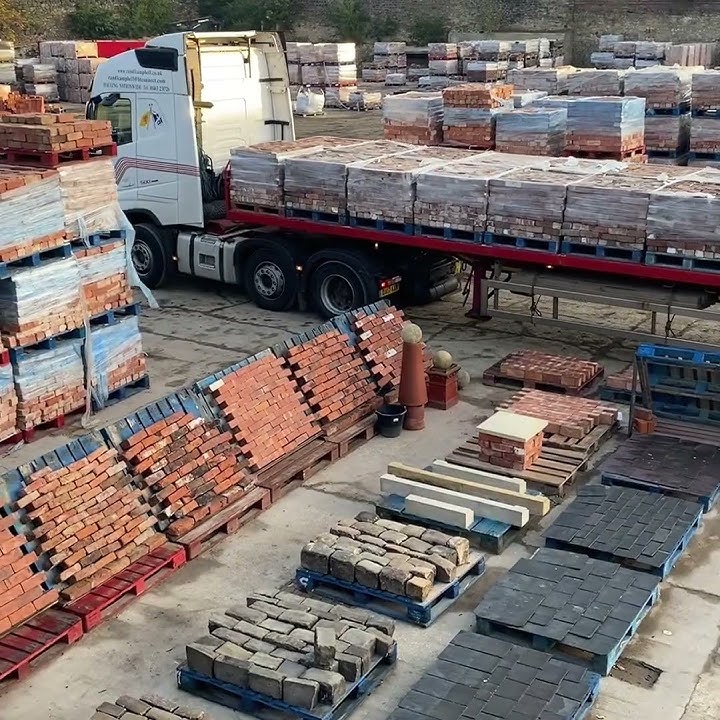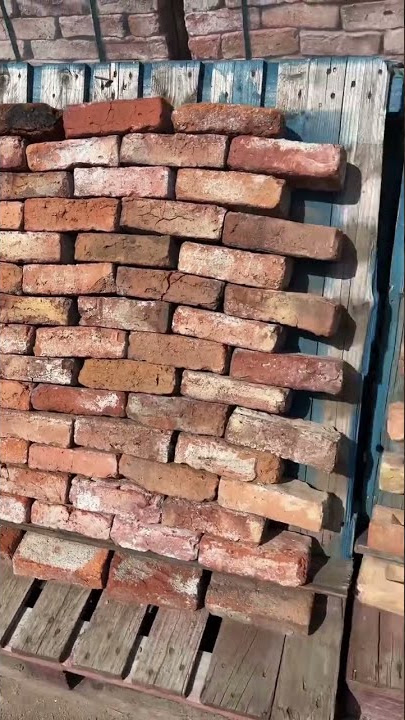Adopting a passive approach can achieve better performance than required, yet reduce build costs in new homes.
Passivent, the UK’s leading supplier of ventilation systems, has conducted extensive SAP calculations on effective techniques to achieve the Code for Sustainable Homes requirements. The calculations have highlighted that its Passive Stack Ventilation can deliver better than the current Level 3 target, while reducing build costs. The strategy also eliminates the risk of potentially suffocating the occupants…
Passivent ran its figures on a Code Level 4 dwelling comparing ventilation using a high performance MVHR (mechanical ventilation with heat recovery) system against the same home with insulating membranes* and its PSV. With an air leakage rate of 5m3/m2/hr- twice as good as the current requirement- the PSV combination delivered the performance criteria, and significant build cost savings.
“There is a huge initial purchase and lifetime cost difference between PSV and MVHR,” explains Passivent Domestic Product Manager Dennis Bates. “In comparative ‘lifetime’ costings of ventilation in an individual dwelling over 30 years, covering initial purchase, installation and on-going maintenance, by far the most cost effective option is the PSV, costing under £1000 over the life. By contrast, MVHR can cost around £28,000 at today’s prices! Even when you factor in the cost of the reflective membranes and the photovoltaic requirement to meet CL4 or beyond, it is still significantly cheaper to use PSV.
“And because PSV uses only natural air movement to function- no other power- it makes a major contribution to reducing the dwelling’s carbon footprint. It also overcomes any potential risk of the ventilation not working- a major concern with MVHR systems- leading to build-up of moisture and volatile organic compounds (VOCs) which can damage both building fabric and occupant health. As we move towards increasingly airtight homes, adequate, reliable ventilation is more crucial than ever: otherwise you are creating ‘sealed boxes’ with potentially no fresh air supply.”
Building a property tight using membranes reduces the amount of heat lost through air leakage and uncontrolled ingress of outside air. Furthermore, using reflective membranes can increase the thermal performance of the wall or structure, allowing either the change of insulation material to save money whilst achieving the same U-value, or maintaining the same insulation and build-up, and offering an improved U-value, further reducing the amount of heat and energy loss through the building fabric
In addition to PSV, Passivent supplies background ventilation solutions including tricklevents and through-wall ventilators, standard and ‘intelligent’ mechanical ventilation, and the new and innovative iHybrid, which combines natural ventilation with heat recovery to yield a 55% reduction in fan energy use and a 39% saving in lifetime costs over standard mechanical heat recovery, with its systems supported by its nationwide Mastercare scheme of approved installers. Its ability to design, supply and install all domestic ventilation solutions means it can provide authoritative, unbiased advice to the building industry to ensure new schemes comply with the new Approved Document, and all other regulatory requirements.
